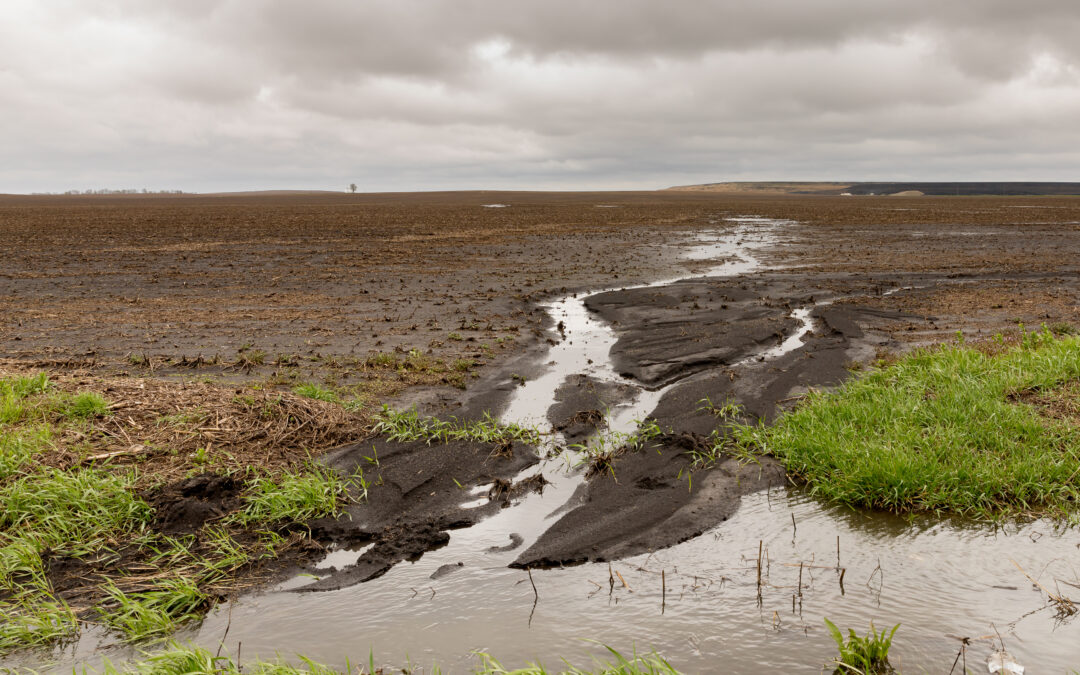The role of microbes in a soil’s ecosystem is well established, along with a clear understanding of their beneficial role in enhancing crop production. Recent years have seen microbial colonies come under repeated stress with prolonged episodes of waterlogging, which has a detrimental effect on their colony numbers, health and ability to benefit crop growth.
Beneficial microbial species positively affect soil and in turn crop health through:
Reduction of disease risk – by competing for food and space against pathogenic microbes, keeping their populations in check. It has been shown that certain species of microbes produce antibiotic and other similar compounds that impede the growth of these plant pathogens.
Abiotic stress resilience – certain species of soil microbes can aid a crop’s ability to withstand and adapt to environmental stress through the growing season such as extreme changes in temperature and water availability.
Nutrient cycling – by aiding the decomposition of organic matter, nutrients are released that crops can absorb; they also assist with converting inorganic forms of nitrogen and phosphate into organic compounds that can be used by crops.
Hormone production – because certain species of microbes live off the root exudate, they have evolved the ability to produce hormones and other compounds that promote root growth such as auxins, which stimulate root growth, ensuring the microbes own food supply. The beneficial by-product is that the crop develops stronger root systems. In turn the crop explores more soil for both water and nutrients.
Enhanced soil structure – fungal hyphae and other microbial secretions help to bind soil particulates together to create a stability in the soil structure, improving the movement of water and nutrients through the soil.
Fields that have been waterlogged prior to planting are likely to have little or no beneficial microbial life as well as a build-up of toxins from decaying organic matter. The most mobile nutrients in the soil are also likely to have been washed away.
A note of caution: Any soil analysis carried out prior to prolonged flooding may no longer be accurate and continuing to follow historic fertiliser and nutrient plans is a false economy, as the starting point has changed.
While re-testing may seem like additional work, it enables fertiliser and nutrient plans to be based on ‘what is’ rather than ‘what was’ in terms of nutrient availability.
Life after waterlogging
Rebuilding the microbial life back into your soils, post excessive water, is vital for soil health as well as the establishment and yield of the next crop.
The best formulations to consider using are combinations of native microbial species because they are adapted to the varied soil and environmental conditions of the UK. Additionally, these formulations should contain mixtures of many synergistic and beneficial species as each will flourish in different conditions and support the beneficial effects of others.
Finally, this should also contain a well-researched food source and other biostimulants to provide the best growing environment for your crop.
These microbial formulations can be added to the soil at planting to aid microbial repopulation of the soil around the root zone and therefore supporting early root development, fortifying early establishment and helping the soil’s long-term recovery.
To view our range of microbial mixes click here

